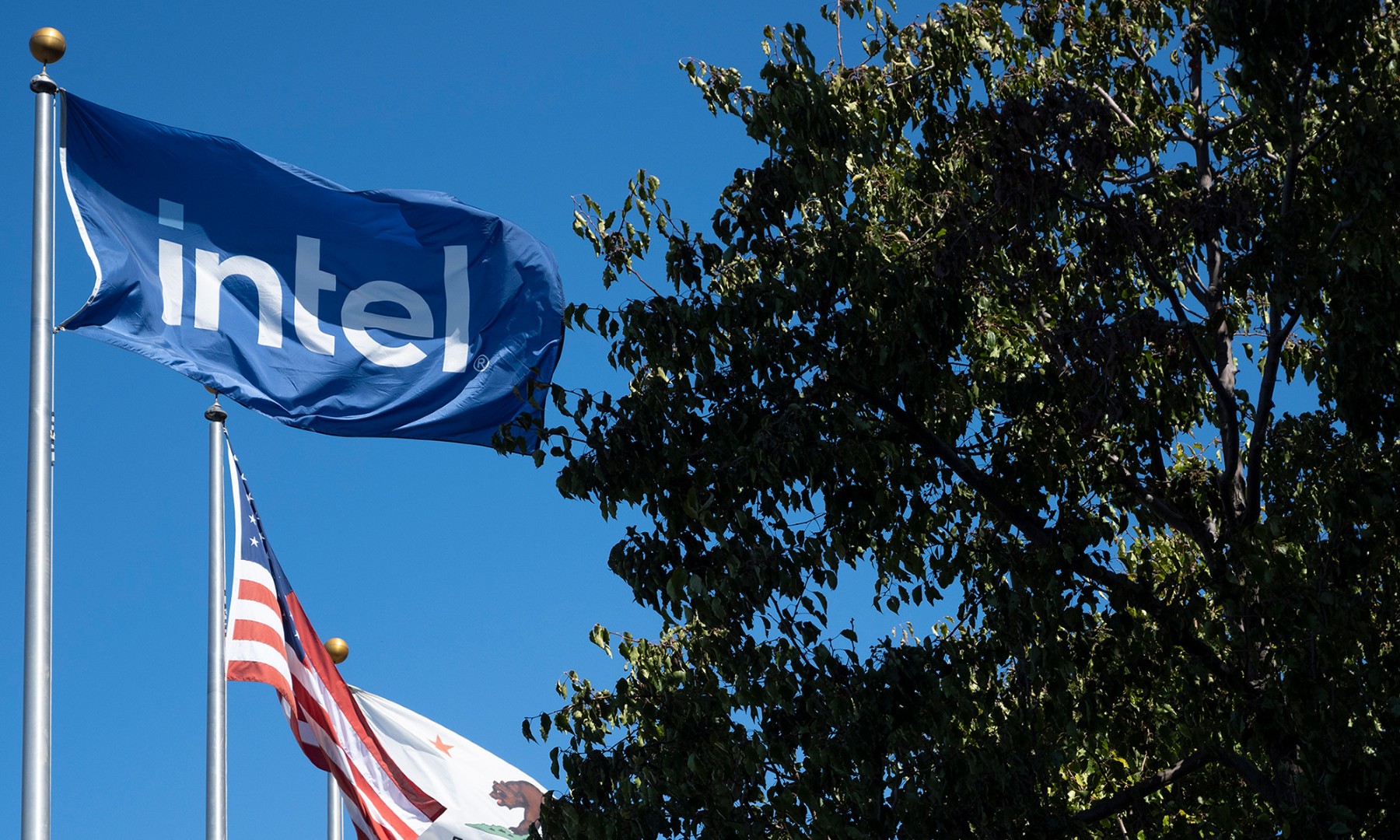Following Intel's (INTC 0.79%) recent investor meeting, sentiment turned ugly. The company guided to what amounts to a flat 2014, and in this market, a tech stock that isn't growing will almost certainly be put in the penalty box. However, on Dec. 6, Intel actually caught two upgrades -- a $28 price target from Drexel Hamilton and $30 from Citigroup. While the upgrades will only drive a temporary boost to the stock (real value creation comes from strong underlying financial performance), it is always interesting to keep tabs on what exactly Wall Street is looking for.
PC conservatism a good thing?
While the guidance disappointed, it seems that many investors are now viewing this as healthy conservatism. Indeed, Intel was forced to guide down multiple times during 2012 (from high single-digits to mid-single-digit growth, then eventually below 2011 levels) and even guided down for 2013 (from low single-digit growth to approximately flat). The analyst community had largely baked in these misses, as they simply did not believe Intel's optimism on the PC side. Of course, the analysts were right and Intel was wrong -- again.
However, at Intel's investor meeting, the company didn't give a rosy outlook for PCs at all. Indeed, the company is calling for mid-single-digit revenue decline and flat operating profit on the basis that the company's cost structure for its low-end product line should drive gross margin higher. Furthermore, the company is reducing investments in its PC client group, which should further help to get to that flat operating profit outlook.
The risk is now to the upside
While in previous years, Intel's highly aggressive PC client guide has been a major risk to the company's full-year guide, the risk is now to the upside. The guide itself calls for some pretty steep declines, which means that if the market plays out this badly, it's all baked in. If the PC market in Asia doesn't decline as badly as expected (in the U.S. and Europe it's stabilizing), there's legitimate upside risk to the company's numbers.
Additionally, with Intel more aggressively pursuing the low end of the PC market, in which it has sub-50% share against AMD, there is room for enough share gain for Intel to actually beat its estimates if the company can gain material share. AMD will probably fight quite aggressively to keep share, particularly as it is a company that doesn't mind accepting extremely low gross margins (Intel thrives on fat margins). Investors will get a first read on the market share landscape over the next few quarters, and from there a trend can be extrapolated.
Foolish bottom line
PC headwinds have been exceptionally difficult for Intel, particularly given how large a portion PCs are to the company's overall business. While long-term growth for the company will probably be driven by the datacenter, mobile, and to some extent, foundry, the PC market is still the company's cash cow and must be protected. If the PC market can stabilize and eventually return to modest growth, Intel really becomes a no-brainer in the long term. If the PC continues to decline, Intel becomes much more difficult. With the early signs of stabilization in North America and Europe, the PC doesn't appear to be in perpetual decline. All that is needed now is a bottoming out in the Asia-Pacific region (where tablet cannibalization is still rampant) for this to work and for the "death of the PC" to be averted.






